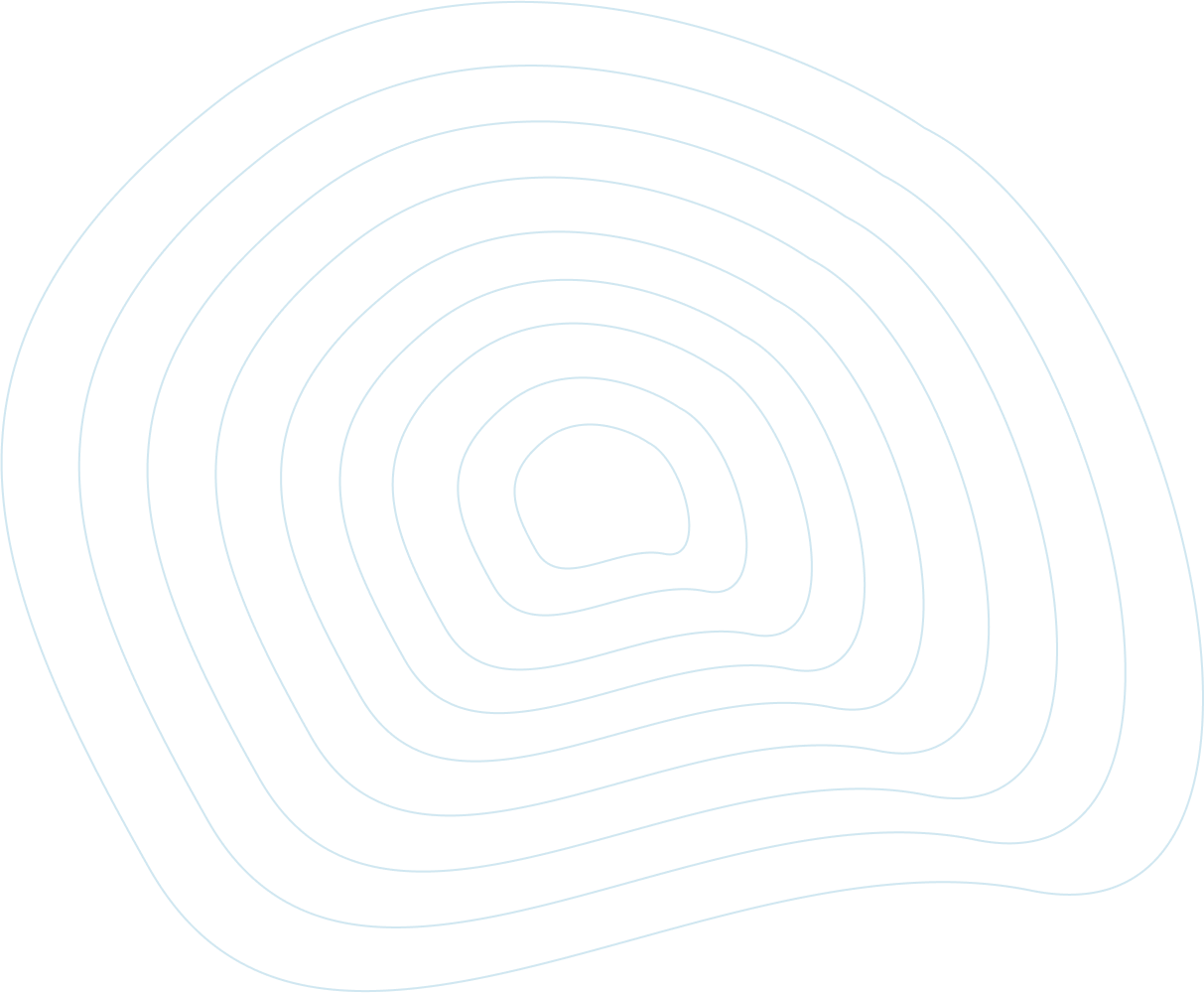


I’m sure you’ve heard someone say in the context of being a “neat freak” or having to have something just right, “I’m so OCD!” Or perhaps you’ve made this statement yourself. For example, maybe when you find yourself annoyed that another household member folded the towels the wrong way or perhaps because you always grab items, such as napkins, in threes. But when should you be concerned about your obsessive or compulsive tendencies? In this article, we’re going to take a closer look at Obsessive Compulsive Disorder (OCD) as we breakdown the definitions of “obsessions” and “compulsions” as outlined by the DSM- 5 (Diagnostic and Statistical Manual of Mental Disorders, Fifth Edition).
According to Criteria A of the DSM-5 diagnostic criteria, OCD is defined by the presence of obsessions, compulsions, or both. But what exactly are “obsessions” and “compulsions”? The DSM-5 defines obsessions as:
“Recurrent and persistent thoughts, urges, or impulses that are experienced, at some time during the disturbance, as intrusive and unwanted, and that in most individuals cause marked anxiety or distress.” These are the key words to keep in mind when considering whether thoughts, urges, or impulses are characteristic of OCD: recurrent, persistent intrusive, unwanted, and distressing. Some questions you can ask yourself to determine if your obsessions fit this definition include:
The second half of the DSM-5 definition of obsessions denotes that: “The individual attempts to ignore or suppress such thoughts, urges, or images, or to neutralize them with some other thought or action.” This is where the compulsions typically enter the picture.
The DSM-5 defines compulsions as:
“Repetitive behaviors (e.g., hand washing, ordering, checking) or mental acts (e.g., praying, counting, repeating words silently) that the individual feels driven to perform in response to an obsession or according to rules that must be applied rigidly.”
An important aspect of this definition is that the individual feels driven or compelled to engage in the act (or thought). The second half of the definition of compulsions states that:
“The behaviors or mental acts are aimed at preventing or reducing anxiety or distress, or preventing some dreaded event or situation; however, these behaviors or mental acts are not connected in a realistic way with what they are designed to neutralize or prevent or are clearly excessive.”
There are two big take-aways here. First, the compulsions are done in order to either avoid or reduce anxiety/distress. Second, the compulsions are not considered a reasonable or logical means of avoiding or reducing the anxiety/distress. For example, tapping a stairway railing 5 times to reduce the anxiety associated with the recurrent, intrusive thought (i.e., obsession) that you might fall down the stairs. This would not be considered an act that is connected to the prevention of falling down the stairs in a “realistic way.”
Some other questions to ask yourself when considering whether your obsessions warrant concern include:
If you’re experiencing obsessions, compulsions, or just want a screening to see if you may be experiencing OCD we can help. Visit our website at www.qhealthonline.com or call us at 1-833-QHCARES.
Written by Ameila Campbell